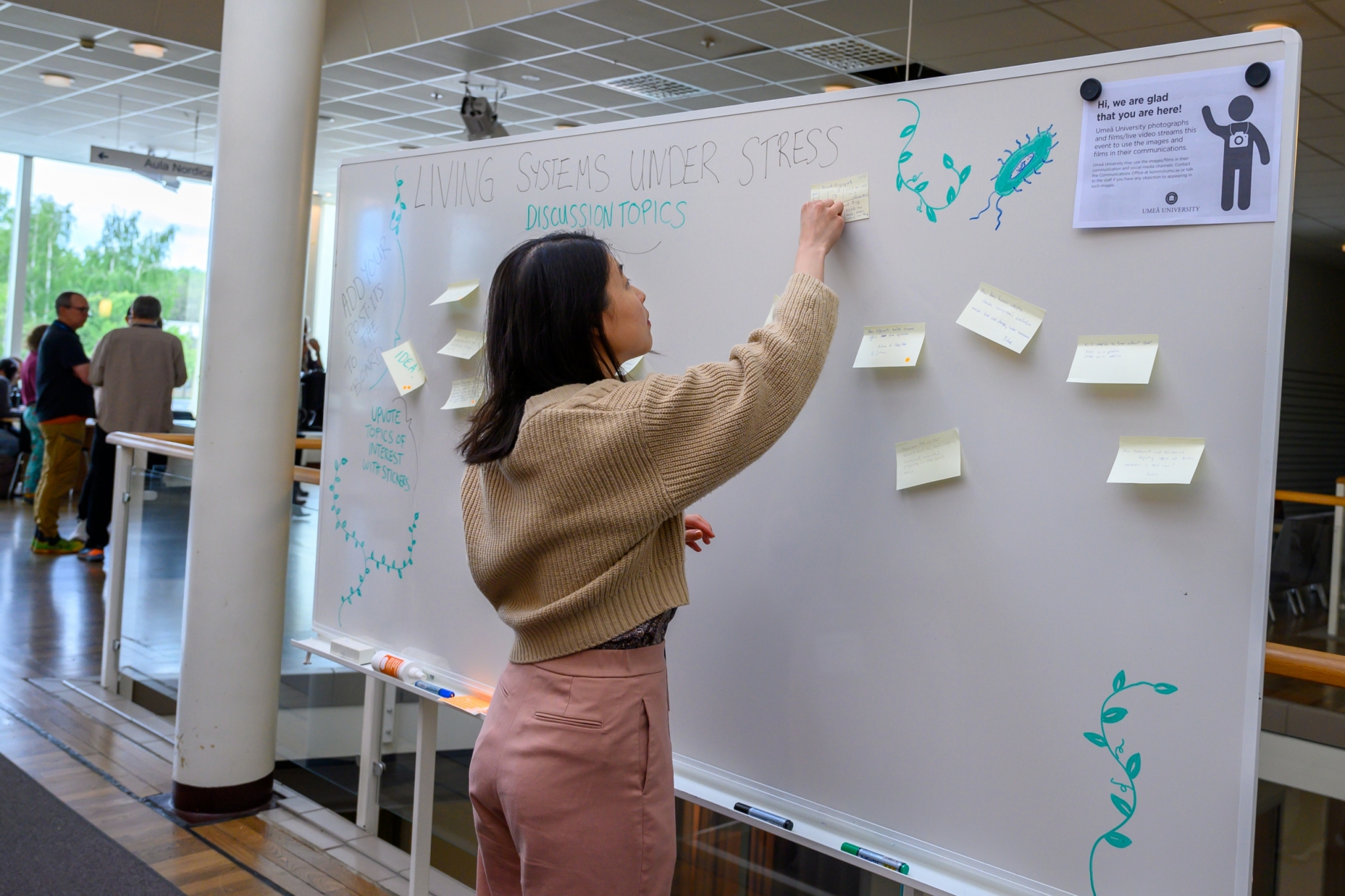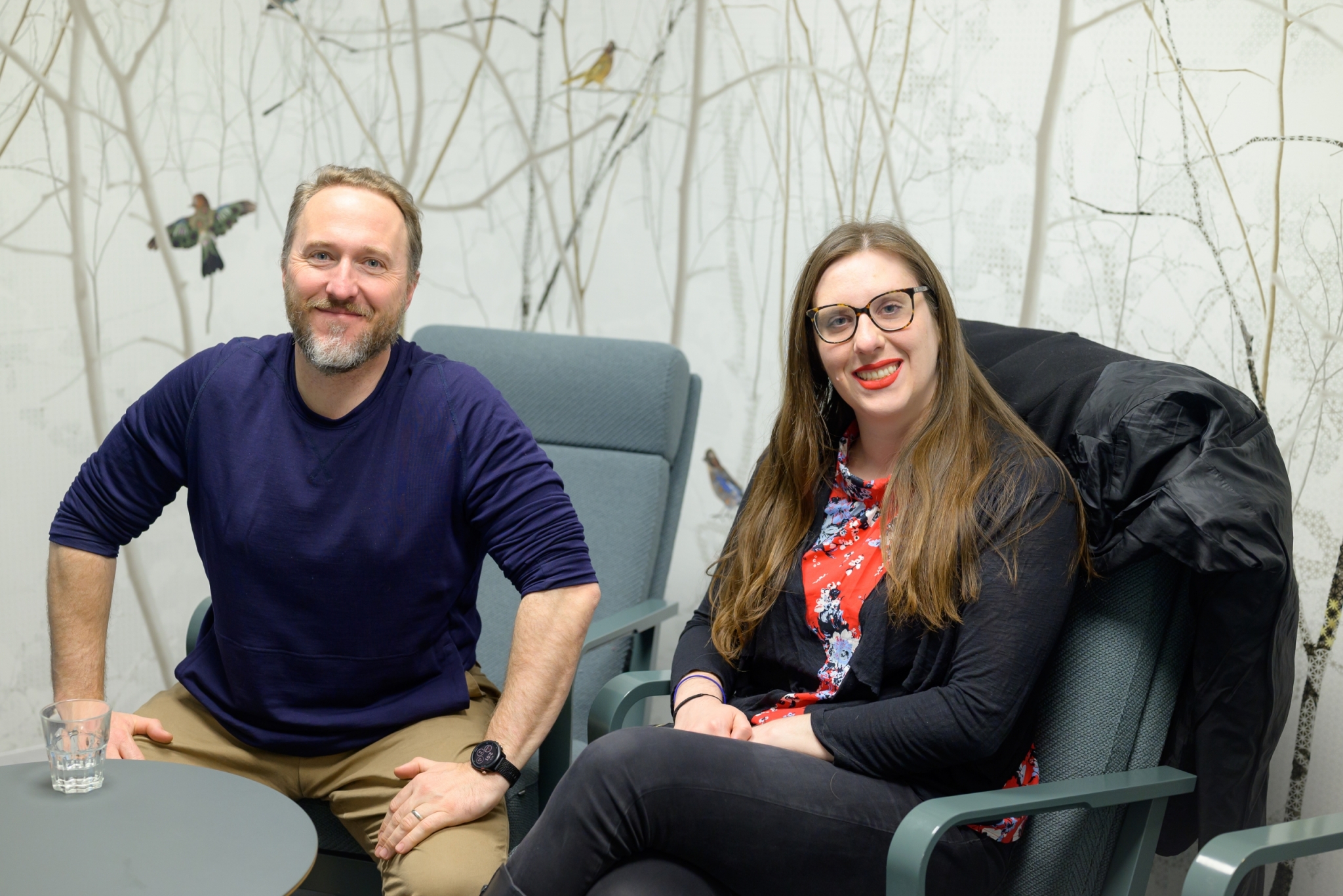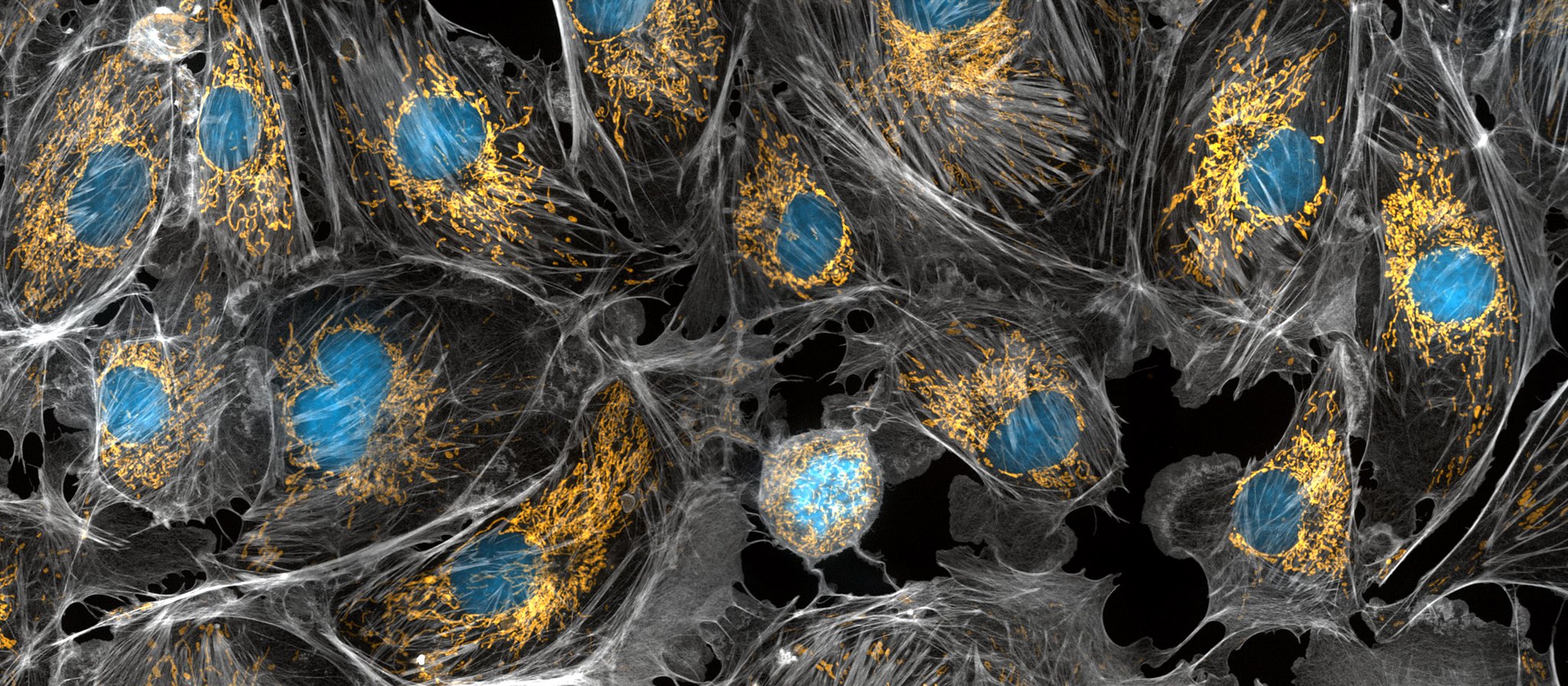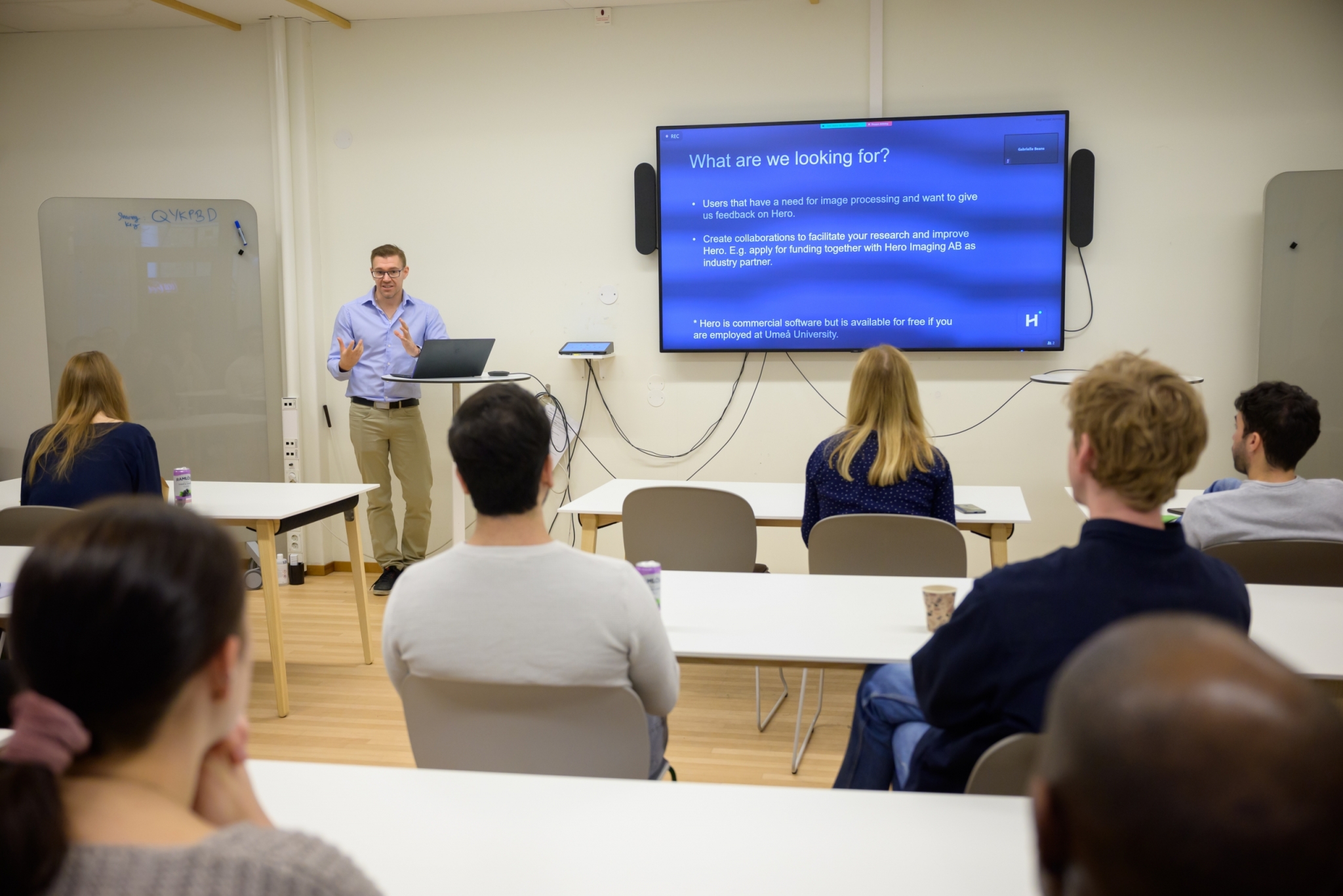Profile
Sebastian Diehl studies how aquatic ecosystems respond to changes in the environment and in the functional composition of the biological community. Dynamical systems often behave in unexpected ways. Sebastian therefore develops and explores mathematical models of the systems and processes that he studies in order to generate rigorous and testable expectations. In collaboration with empirical researchers, assumptions and predictions of these models are examined and refined in an iterative process involving field and laboratory experiments and comparative field studies.
Sebastian’s current research focuses on understanding how increased water temperature and increased terrestrial inputs of organic carbon and nutrients (humic matter) affect primary production and food web dynamics in relatively nutrient poor, northern lakes. Both of these environmental changes have been ongoing for several decades and are projected to continue in a warming climate. These specific questions link to broader issues such as the temperature dependence of consumer-resource interactions and the regulation of the fluxes of energy and nutrients through different food chains within ecosystems.
Sebastian Diehl is professor at the Department of Ecology and Environmental Science since 2009. He holds an undergraduate degree in Biology from the University of Göttingen (Germany) and a PhD in Animal Ecology from Umeå University (1994). He was a postdoc at the University of California at Santa Barabara (1994-1996) and a professor of Aquatic Ecology at Ludwig-Maximilians-University in Munich (1996-2009). In his free time he likes to read kids books and graphic novels and to explore the High Coast region around the summer cottage on the Baltic Sea.
At IceLab he enjoys the diversity of intellectual challenges, the friendly discussions and a shared sense of unprestigious commitment, but – most of all – the many moments of focused work in the near-silence of the open office landscape.
Current Projects
The Latest Posts
There are no posts by Sebastian Diehl yet. Have a look at some of our other interesting work while he gets his first post together.







